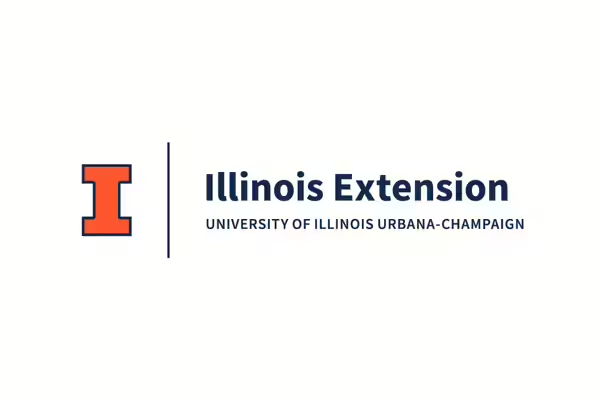
URBANA, Ill. – Plastic packaging waste is everywhere. Our plastic bottles, food wrappings, and grocery bags litter the landscape and pollute the global environment.
The Great Pacific Garbage Patch, an area twice the size of Texas, consists of plastic waste from all over the world, carried by currents to converge in the Pacific Ocean near Hawaii. The floating waste breaks down into microplastics, which are consumed by fish and in turn by humans who eat those fish.
Only about 14.5% of U.S. plastic waste is recycled; most ends up in landfills where it takes hundreds of years to degrade. The U.S. and other developed countries have traditionally shipped their plastic waste to Asia, but many developing countries now refuse to accept more waste.
A new study by an international team of researchers explores the global patterns of plastic packaging waste. The study finds three countries – the U.S., Brazil, and China – are the top suppliers of waste.
“We wanted to follow the plastic packaging waste embedded in the global supply chain. This work allows us to conclude the problem is a responsibility shared between economic agents, from the producers and their intermediaries to the retail stores and the consumers,” says study co-author Sandy Dall’erba, professor in the Department of Agricultural and Consumer Economics (ACE) and director of the Center for Climate, Regional, Environmental and Trade Economics (CREATE) at the University of Illinois.
on a global, multiregional input–output database called EXIOBASE, combined with World Bank data.
The researchers found North and South America together generate 41% of the world’s production of plastic packaging waste, mostly from the U.S. (19% of world production) and Brazil (13%). Europe is next with 24%, and Asia follows with 21%, most of which is generated in China (12%).
When looking at consumers, North and South America are again responsible for the most waste. Combined, the Americas represent 36% of the world plastic packaging consumption, followed by Asia at 26% and Europe at 23%.
“High-protein food such as meat, fish, and dairy is a trademark in the Americas and those generate a lot of plastic packaging waste,” Dall’erba explains. “For instance, every 1 kg (2.2 lbs.) of fish consumed will lead to an average of about 1.6 kg (2.5 lbs.) waste. This includes plastic bags, trays, and cellophane used to wrap and cover the fish during transportation, storage, and sales.”
Read more from the College of Agricultural, Consumer & Environmental Sciences
The Department of Crop Sciences is in the College of Agricultural, Consumer and Environmental Sciences at the University of Illinois Urbana-Champaign.